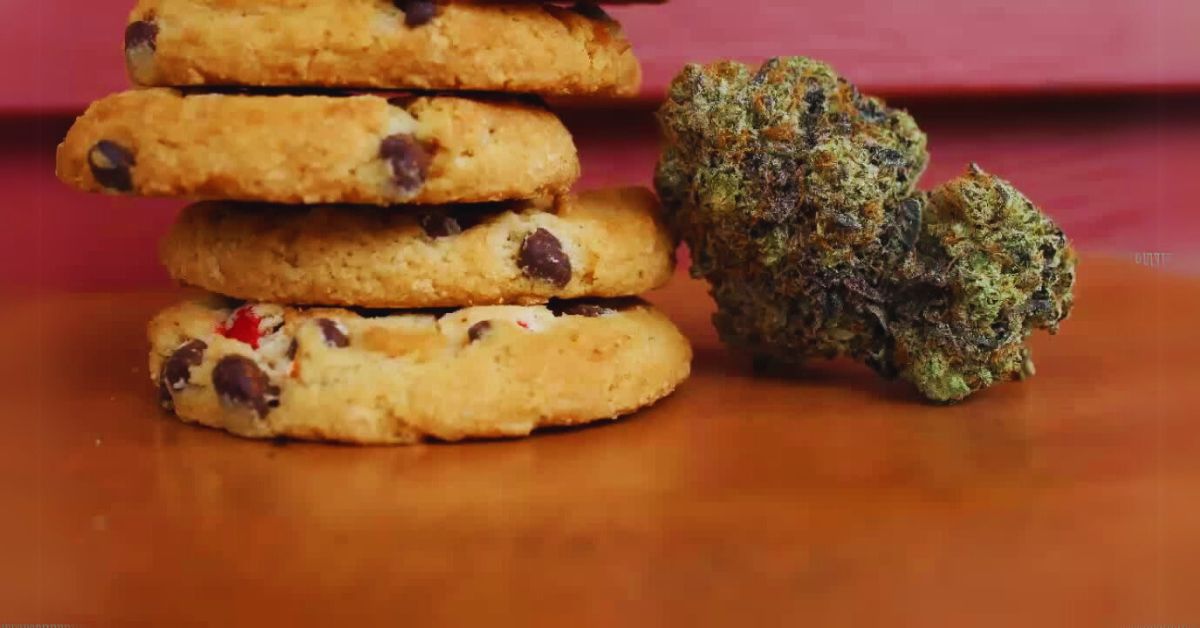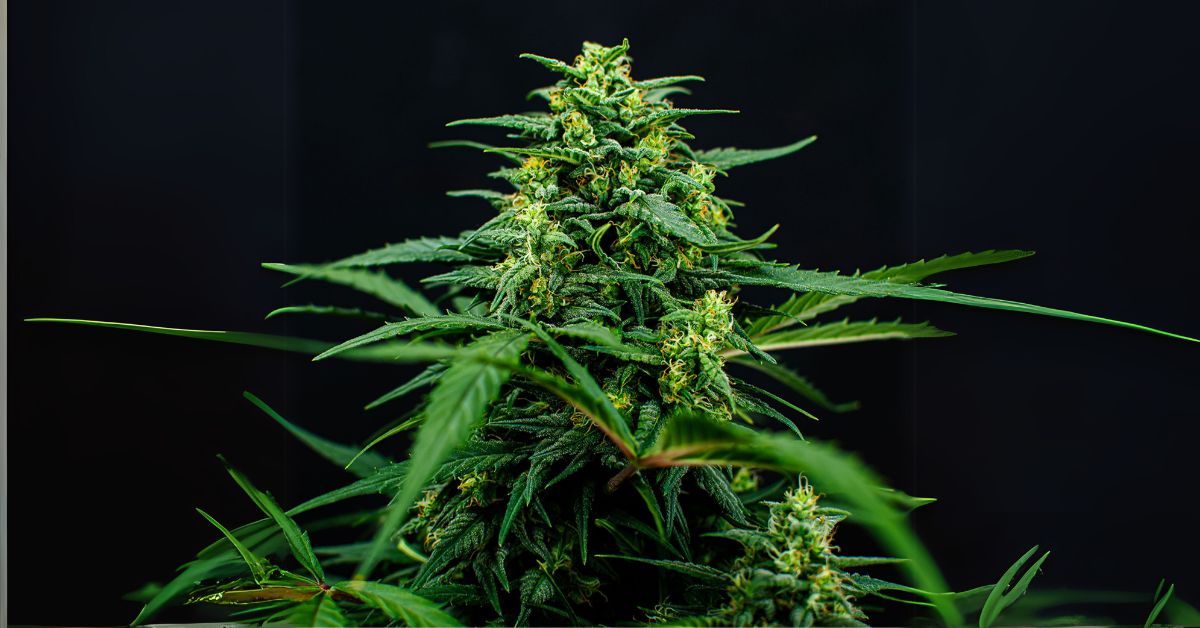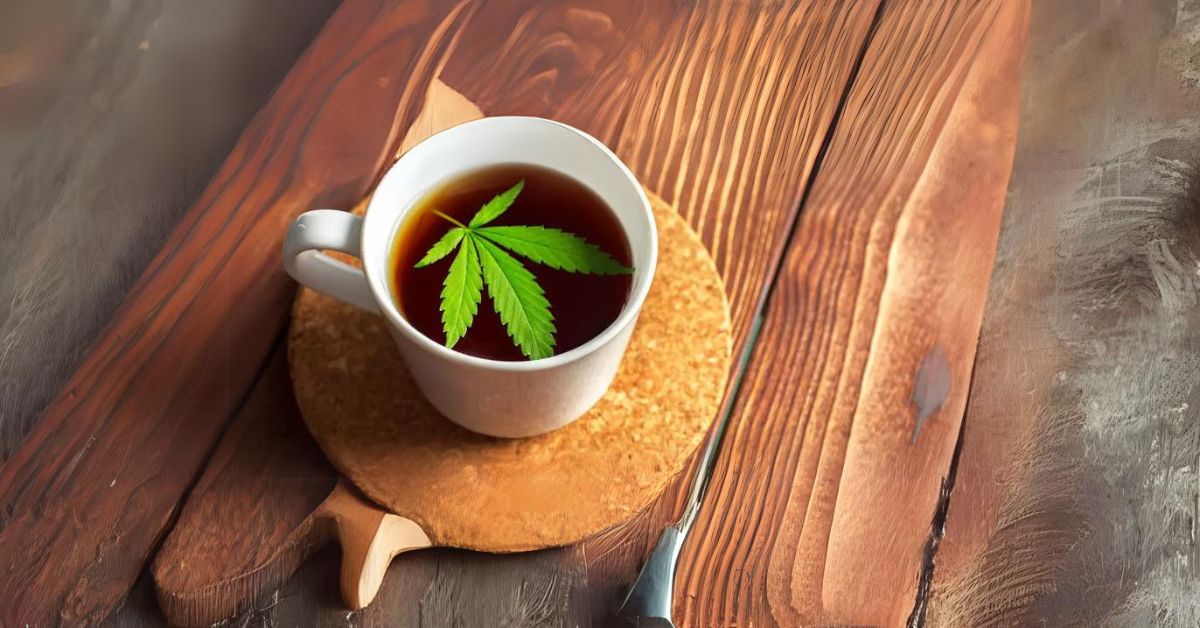Food items that contain cannabis are called What are the effects of cannabis edibles? According to some preliminary data, they might aid in managing certain chronic diseases, lowering anxiety, or relieving pain. However, additional research is required.
A common way to consume cannabis for medical and recreational purposes is through edibles. Edibles come in various forms, such as baked products, sweets, chocolates, and drinks. People associate cannabis use with the “high” that these edibles produce.
Edibles are widely regarded as a safe method of cannabis consumption. But there are dangers as well. For instance, cannabis toxicity can result from excessive consumption. Additionally, some people may suffer from adverse effects, including nausea or panic episodes. Resume reading to learn about the benefits and disadvantages of cannabis edibles, as well as how they vary from smoking the drug.
What Are Edibles?
Food things that have been infused with marijuana are known as edibles. These goods are available in several various formats, such as:
- Baked goods
- Candies
- Chocolates
- Lozenges
- Gummies
- Beverages
For dispensaries, edibles can be created commercially or at home. The psychoactive ingredient of marijuana, (THC) tetrahydrocannabinol, is typically converted into butter or oil for use in cooking or as a direct food spread when produced at home.
Ingesting edibles is rapidly gaining popularity as a means to consume marijuana, even if smoking is still the most common approach. Unfortunately, many edibles users are ignorant of the risks involved.
What Is Edible Cannabis?
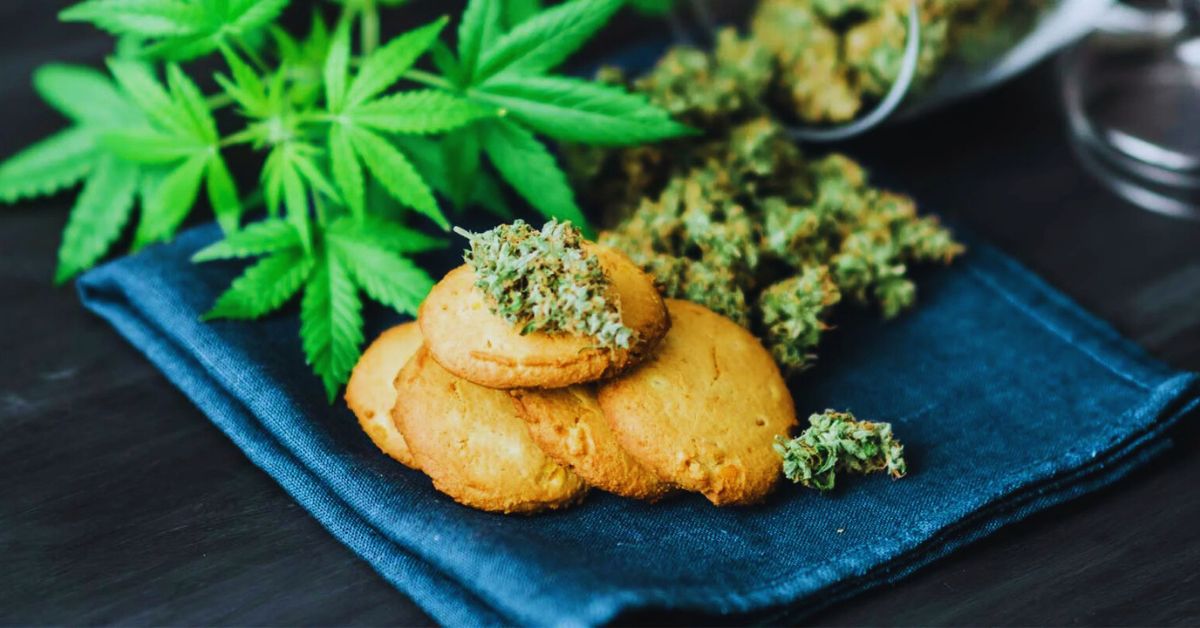
Products that include cannabinoids that you eat or drink are known as edibles for short or edible cannabis products. Cannabis contains chemicals called cannabinoids that, when ingested, can have an impact on both your body and mind. Tetrahydrocannabinol, or THC, is a cannabinoid that produces euphoria and intoxication. The non-intoxicating cannabinoid CBD (cannabidiol) may have some therapeutic benefits, but further research is required to prove its potential for use in medicine.
A large variety of edible cannabis products are available. Despite their appearance, certain edible cannabis products are not food and are not meant to offer any nutritional value. As an alternative to smoking and vaping, edible cannabis products provide a way to consume cannabis. Here are seven things you should know if you want to try edible cannabis.
Are Cannabis Edibles Safe?
Cannabis edibles are used by many people with little to no adverse health effects. However, there is a chance of adverse side effects, including disorientation, falls, lightheadedness and unsteadiness, nausea and vomiting, impaired driving, addiction, and unintentional exposure in youngsters. The products of edible cannabis products can be unpredictable and vary in intensity and content. The Drug Administration and Food do not officially regulate cannabis safety and quality.
While some states do not mandate testing, others guarantee that ganja sweets supplied at authorized dispensaries are accurately labeled. Although some people think edible cannabis is safe for older adults, there isn’t much evidence to support this claim. There are numerous instances of medications that were initially believed to be safe for older adults but were later found to be quite dangerous. Therefore, if older adults intend to use edible cannabis, they should exercise caution.
Health Benefits of Edibles
The characteristics of edible cannabis products are identical to those of other forms of the substance. They are used by people to produce certain results, like relaxation, or to lessen specific symptoms, such as persistent pain.
The dosage a person takes determines the effects of edibles. As the dosage rises, the effects usually do as well. Additionally, the effects could differ according to the type of cannabis.
It’s crucial to remember, though, that using too much cannabis is possible. It can happen more readily when ingested through food because the effects might take longer to manifest. The following are some potential advantages of edible cannabis.
The Risks of Consuming Edibles
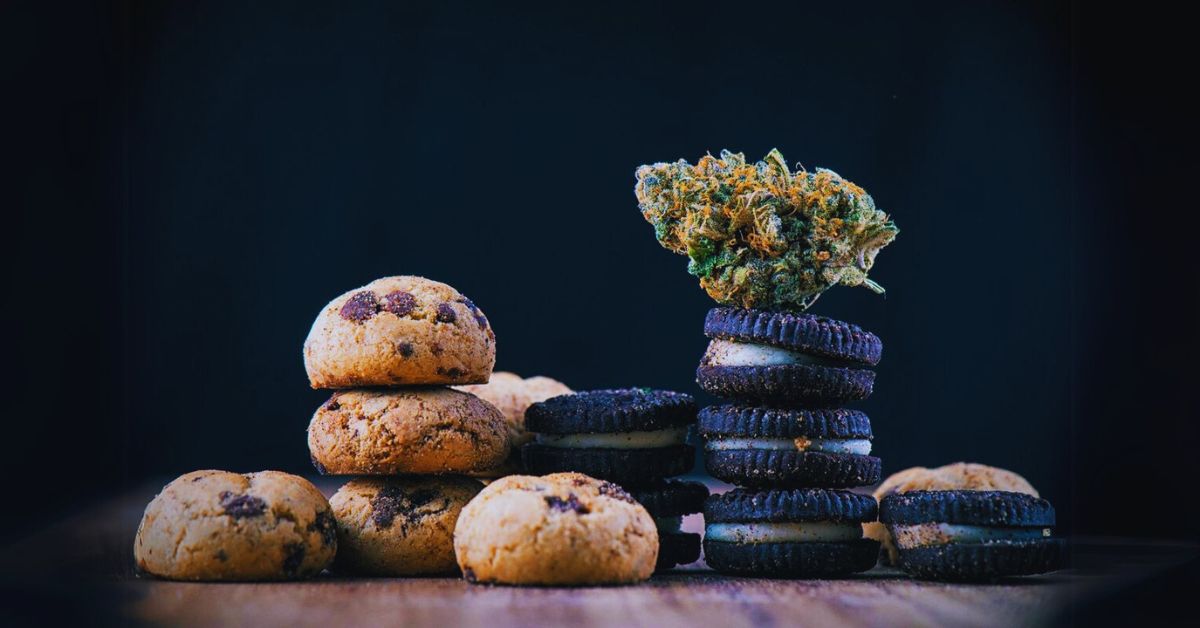
Long-Lasting Effects
Compared to smoking, the effects of edible marijuana persist for a lot longer—typically several hours—depending on the THC content, the type and quantity of the last meal, and any concurrent use of other drugs or alcohol.
Unknown Potency
THC content in many edibles is challenging to assess and frequently unknown. Because of the general lack of regulations and quality assurance about THC content determination and product labeling, the dosage estimation for many edibles is often incorrect.
As a result, a lot of products have a lot more THC than is stated on the label, and the potency and lingering effects of these edibles might surprise users.
Delayed Onset and High Potential for Overdose
The postponed onset of effects linked to edibles is arguably the most noticeable distinction between edibles and smoking marijuana. However, because of this delay, some patients may take more medication than they meant to before it starts to work.
Acute marijuana intoxication is another name for cannabis overdose. According to research, edibles are the marijuana ingestion method that most frequently results in ER visits for overdose, and the authors of at least one study think that this is because users are not entirely aware of the products’ delayed effects.
Serious Negative Side Effects
Eating extremely strong edibles can cause symptoms that are frequently far worse than those brought on by smoking marijuana.
Edibles are now being linked to “medical intricacies that we never knew were associated with marijuana,” according to Dr. Nora Volkow, the National Institute on Drug Abuse’s current director.
The following are some of the more negative consequences linked to eating edibles:
- Drowsiness
- Vomiting
- Confusion
- Anxiety and panic attacks
- Agitation
- Respiratory depression
- Psychotic episodes
- Impaired motor ability
- Hallucinations
- Paranoia
- Heart problems (ranging from periodic heartbeats to heart attacks)
How do Edibles Differ from Smoking?
Edibles are seen by many as being safer than smoking cannabis. It is accurate in certain respects. The toxicity levels of cannabis and tobacco smoke are comparable. Both include a variety of poisons and chemicals that cause cancer. Bronchitis has also been linked to cannabis use.
It is not how eating edibles affects the lungs. Edibles do have some hazards, though, such as the potential for overdosing or unintentional intake. To fully comprehend edibles’ effects and how they stack up against other cannabis consumption techniques, more research is required.
Are There Risks of Using Edible Forms of Cannabis?
It can take up to two hours for edibles to start acting, and they peak about four hours later. The effects may persist for up to twenty-four hours. It is simple to take too many doses because of this delayed action. If there is no instant effect, someone might consume more cannabis edibles. The combined impact of several edibles might cause significant impairment and hours-long misery. The use of edibles is linked to a higher chance of experiencing unexpected mental health symptoms, such as paranoia or delusions, which could result in ED visits.
Because edibles frequently resemble ordinary food or candies, children are in danger of using them. A medical emergency occurs when children inadvertently consume it. Using edible cannabis poses special hazards for older folks as well. These include potential harmful interactions with prescription medications like blood thinners, antianxiety drugs, sleeping pills, and painkillers; issues with thinking and judgment, particularly in older adults with dementia or mental impairment; and more potent effects from cannabis due to age-related changes in metabolism (older adults are more likely to have cannabis-related ED visits).
What Should I Know Before Trying Cannabis Edibles?
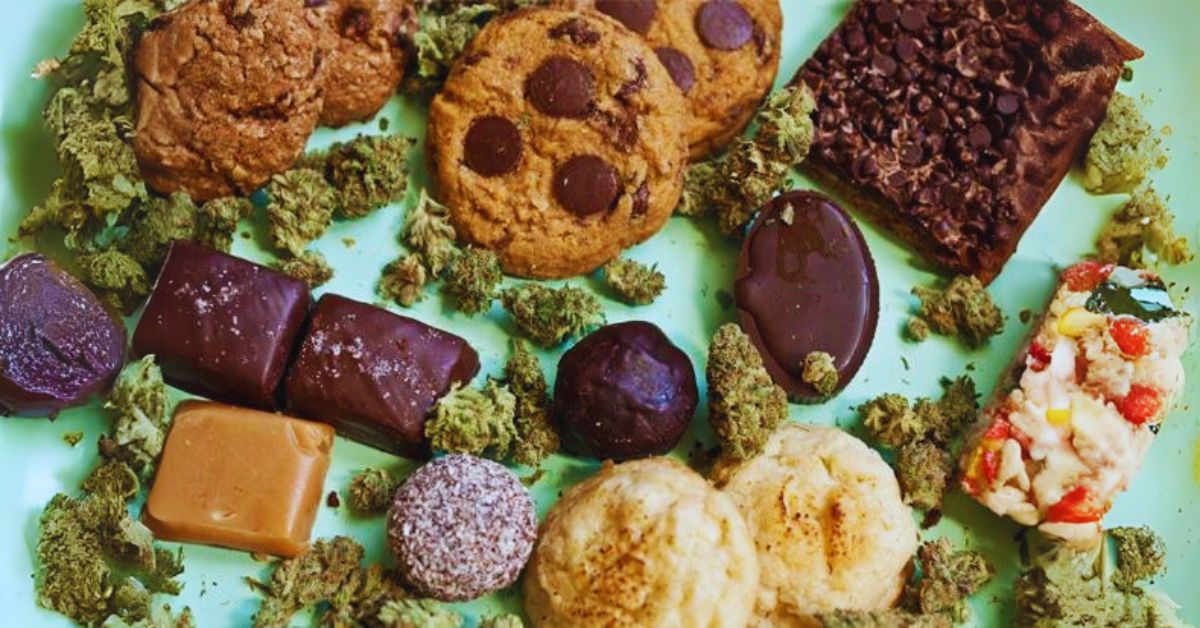
Consult with your physician about the advantages and disadvantages of cannabis based on your unique health situation, as well as alternative, more effective ways to manage your symptoms. Start slowly and at a modest dose for edible usage. Avoid taking too much at once. Edibles may not have an immediate effect on you. Make sure you are aware of and follow the state laws that regulate the usage of cannabis.
Are Edibles Legal in India?
Throughout thousands of years, cannabis in India has been referred to by many different names and forms, including weed, marijuana, bhang, charas, ganja, and more. In India, particularly in the Hindu faith, cannabis has been utilized as ganja (cannabis flower), charas (resin), and bhang (seeds).
The most widely used Cannabis Is Legal In India is bhang, which is utilized to make “Thandai,” a milkshake flavored with cannabis seeds and leaves that is drunk during the Sikh festival of Hola Mohalla, the Hindu holidays of Holi and Shivratri, and other festive occasions. But is it legal to smoke marijuana in India? It is the main query that still arises whenever someone brings up marijuana, bhang, or cannabis.
Consultation
Edible cannabis products have the potential to reduce anxiety and provide emotions of calm. Additionally, there is some evidence that cannabis may aid in the treatment of specific medical disorders.
But no medication is entirely risk-free. Edibles still carry dangers even though they don’t have the same lung effects as smoking cannabis.
Frequent and prolonged cannabis use can result in dependence. Additionally, people who consume edibles may be more prone to inadvertently take too much. Additionally, kids or pets may find cannabis-infused sweets to be appetizing.
People must always abide by safety precautions and cease consuming edibles if they experience adverse reactions. Before using them, people should speak with a doctor about whether they are taking any other medications or medical conditions.

